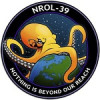-
odigo2020
-
mosiacmango
-
 snooggums
snooggums -
 raoul
raoul -
Ersatz86
-
zergtoshi